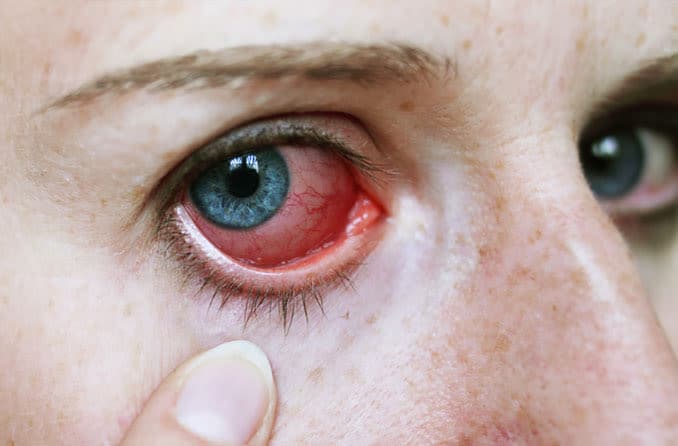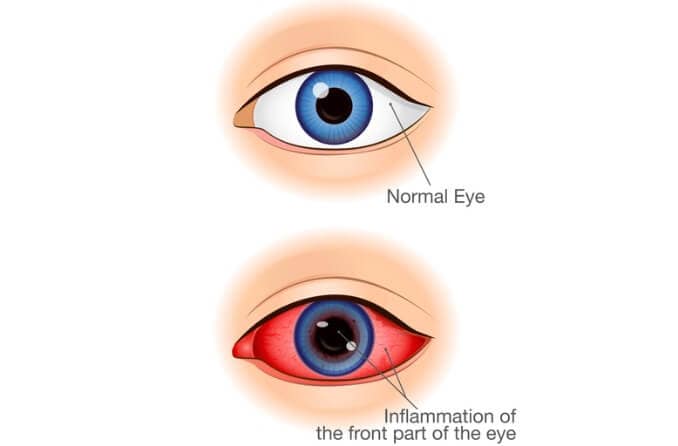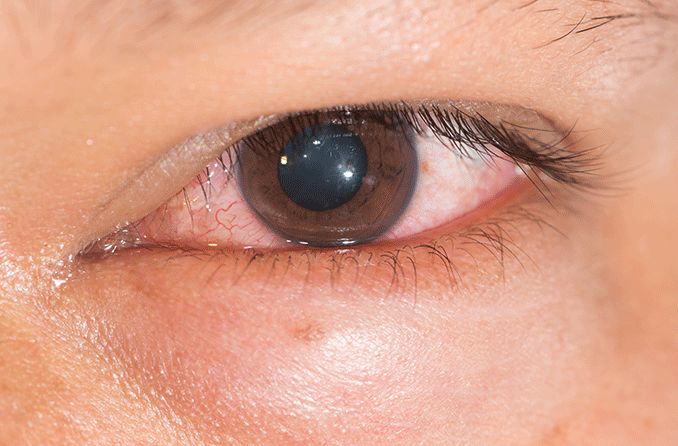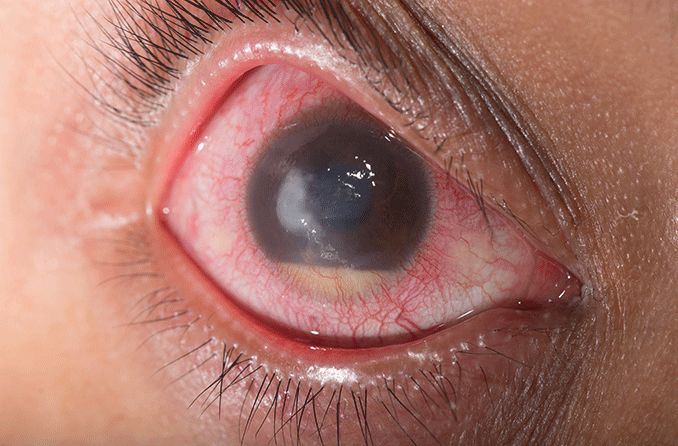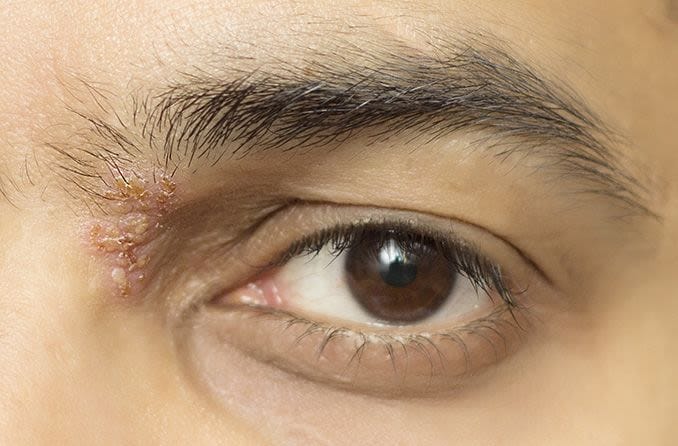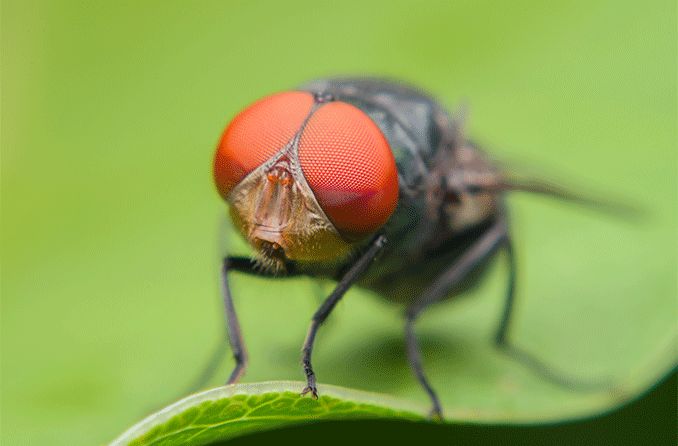Uveitis (pronounced you-vee-EYE-tis) is inflammation of the uvea — the middle layer of the eye that consists of the iris, ciliary body and choroid.
Uveitis can have many causes, including eye injury and inflammatory diseases. Exposure to toxic chemicals such as pesticides and acids used in manufacturing processes also can cause uveitis.
The type of uveitis you have is classified by where inflammation occurs in the uvea:
- Anterior uveitis is inflammation of the iris (iritis) or the iris and ciliary body.
- Intermediate uveitis is inflammation of the ciliary body.
- Posterior uveitis is inflammation of the choroid.
- Diffuse uveitis (also called panuveitis) is inflammation of all areas of the uvea.

This tiny drug implant (Retisert, Bausch+Lomb) is surgically implanted in the back of the eye, where it delivers sustained amounts of anti-inflammatory medication for treatment of uveitis.
Many cases of uveitis are chronic, and they can produce numerous possible complications, including clouding of the cornea, cataracts, elevated eye pressure (IOP), glaucoma, swelling of the retina or retinal detachment. These complications can result in permanent vision loss.
Uveitis occurs most frequently in people ages 20 to 60 and affects men and women equally. Researchers estimate uveitis is responsible for 10% of legal blindness in the United States and up to 25% in the developing world.
SEE RELATED: Chorioretinitis (a type of uveitis)
